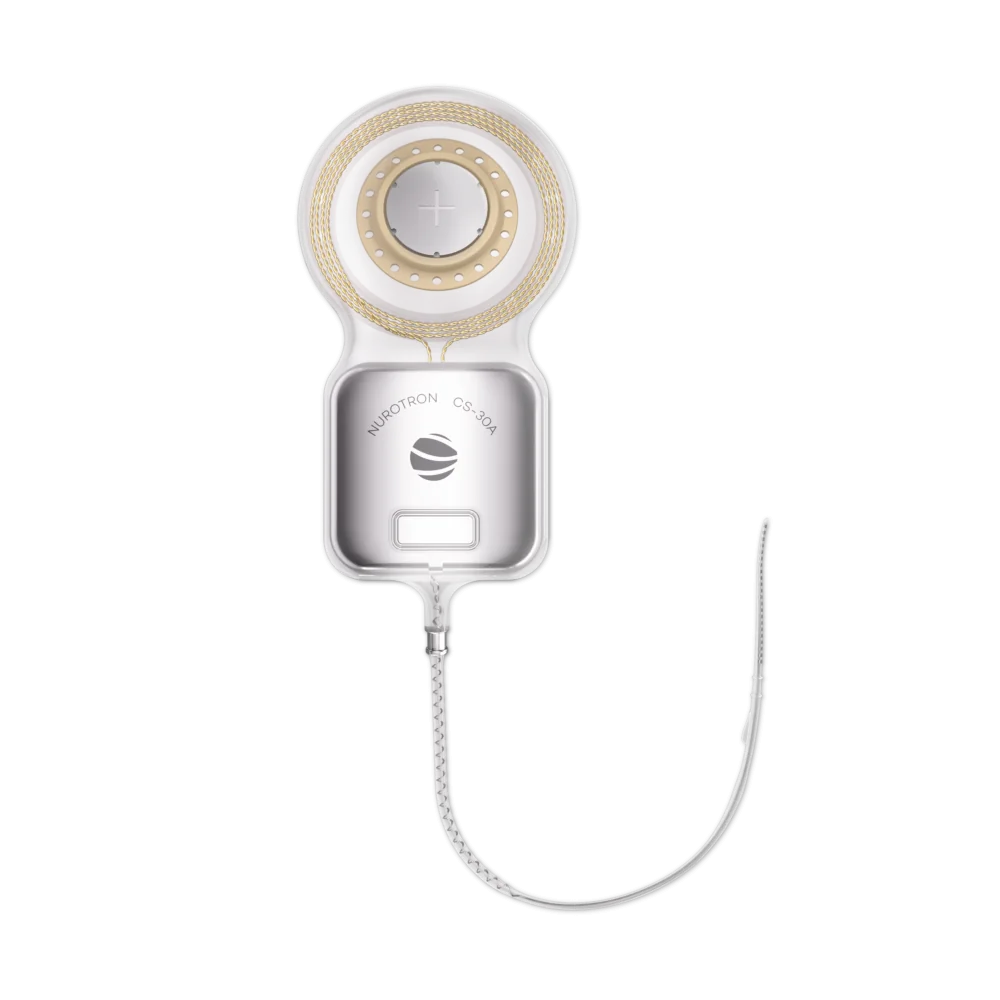
The advent of cochlear implant devices has revolutionized the landscape of auditory rehabilitation, particularly for individuals with severe hearing loss. In Michigan, where advancements in medical technology are at the forefront, these devices offer hope and improved quality of life to many. Understanding how cochlear implants function is essential for appreciating their impact on both individual lives and public health.
Understanding Cochlear Implant Devices
Cochlear implant devices are sophisticated electronic systems designed to provide a sense of sound to individuals who are profoundly deaf or severely hard-of-hearing. Unlike traditional hearing aids that amplify sound, cochlear implants bypass damaged portions of the ear and directly stimulate the auditory nerve. This innovative approach allows users to perceive sounds more clearly and engage in conversations effectively. The device consists of two main components: an external processor worn behind the ear and an internal implant surgically placed under the skin.
The Role of Cochlear Speech Processors
cochlear speech processors play a crucial role in converting environmental sounds into electrical signals that can be interpreted by the brain. These processors analyze incoming sounds, filtering out background noise while enhancing speech clarity—an essential feature for effective communication. In Michigan’s diverse environments—from bustling urban centers like Detroit to quieter suburban areas—the ability to discern speech amidst various noises is invaluable for users seeking social interaction and community engagement.
Nurotron: Pioneering Innovations in Cochlear Technology
Nurotron is one company making significant strides within this field by developing advanced cochlear implant technologies tailored specifically for different user needs. Their commitment extends beyond just creating high-quality products; they also focus on research aimed at improving user experience through enhanced programming capabilities and better sound processing algorithms. By collaborating with healthcare professionals across Michigan, Nurotron ensures that its innovations align closely with patient requirements, ultimately fostering greater accessibility to auditory solutions.
Conclusion

The significance of cochlear implant devices cannot be overstated as they represent a transformative solution for those facing profound hearing challenges in Michigan and beyond. As technology continues to evolve—with contributions from companies like Nurotron—the potential benefits expand further into communities striving towards inclusivity and improved communication access for all individuals affected by hearing loss.

